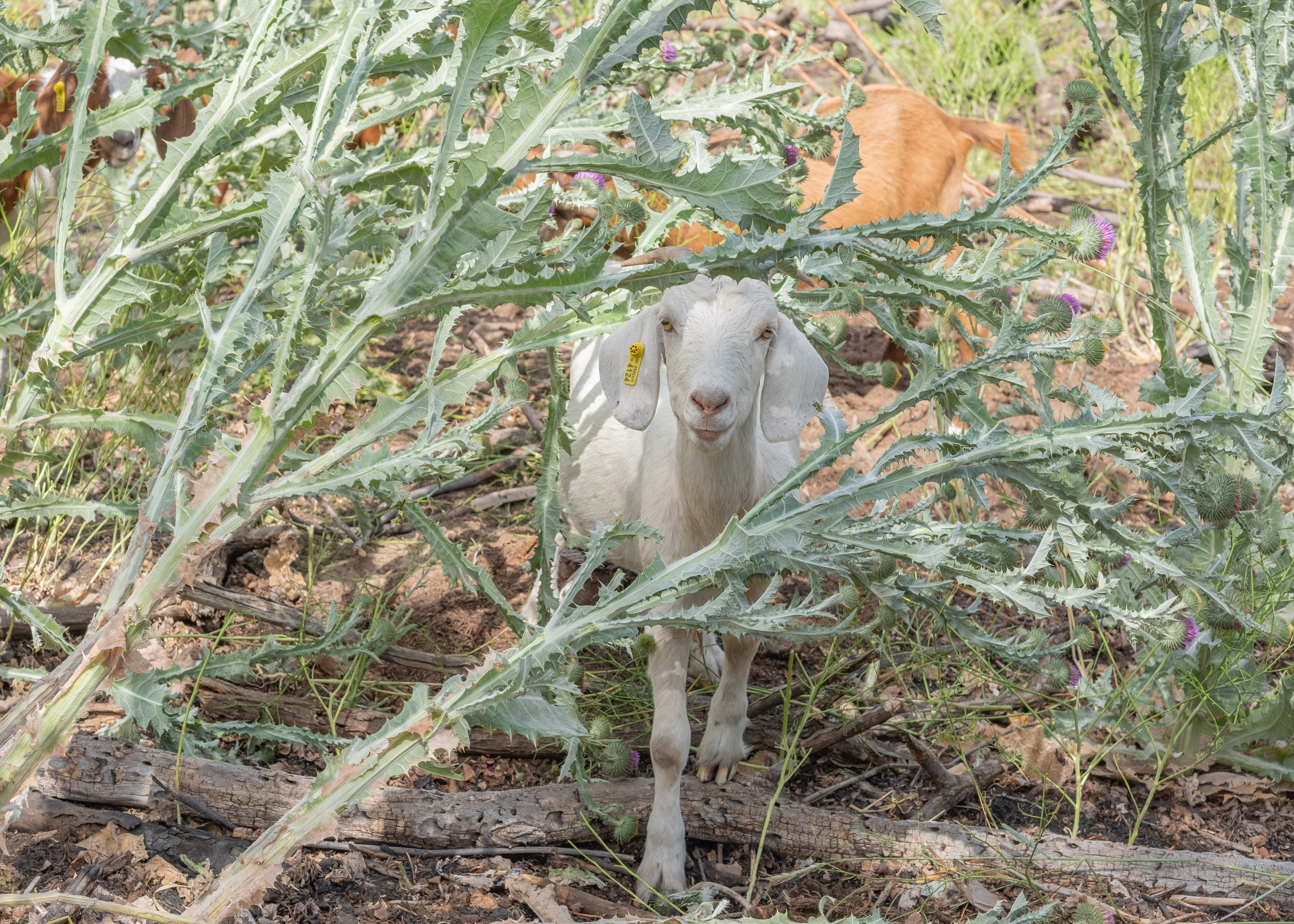Harvest could start next week
Published 7:01 am Sunday, July 4, 2004
Kevin Porter recently heard one old-timer advise that the last time he saw a big rain in June it rained all during harvest.
“I’m hoping he’s wrong,” said Porter, president of Umatilla County’s Oregon Wheat Growers League, and a farmer with land northeast of Pendleton. “If it rains, it makes harvest long and miserable.”
June’s unusually rainy weather – 1.47 inches of rain in Pendleton as compared to the trace of moisture recorded last year at the same time – was a boon for local wheat farmers, some of whom will begin harvesting their crops next week.
From then on until the end of August, local farmers will obsess with one thing and one thing only: Getting the wheat in its bins.
“For farmers, harvest is it,” Porter said. “That’s when everything you work for all year culminates. It can be very stressful.”
Hours are long. Machinery breakdowns or any downtime hurts.
“You don’t shut down for much of anything unless mother nature makes you shut down,” Porter said.
That’s because farmers get paid only once a year, and it all depends on how much they can get in the bin and how quickly they can get it there, said Sherman Reese, vice president of the National Association of Wheat Growers and a wheat farmer with land in Echo.
“You lose money every day after it ripens because the quality of the yield starts to go down,” Reese said.
This year’s crop in Umatilla and Morrow Counties is expected to fare much better than years past, but not quite as great as farmers might like. More rain would have helped.
Nationally, winter wheat production is forecast at 1.53 billion bushels, 10 percent below 2003, according to the most recent data available from the Oregon Agricultural Statistics Service in Portland.
Still, Oregon winter wheat is on track for an overall decent year. Production is forecast at 49.6 million bushels up from 47.9 million bushels last year.
“The crop will be better than last year but we had such a dry fall, the crop didn’t get a great start,” said Ray Neil, a merchandiser for the Pendleton Grain Growers. “So what’s out there will be good, but it could have been better.”
Larry Lutcher, Morrow County extension agent, echoed Neil’s sentiments and added that farmers are cautiously optimistic.
“In terms of yield potential, it looks to be a little under average but considerably better than we’ve seen,” he said.
Porter said the June rain really bailed some farmers out, and he’s predicting an average to above average crop for the area.
Reese, too, said he thought the crop could have gotten off to a better start. “I’m not looking for a real bin-buster,” he said. “But that June rain was wonderful. It was a real benefit to the crop.”
When to harvest
How do farmers tell ripe wheat from not?
The wheat is ripe if its head is golden and crushes in the hand and if the kernels are crunchy with a nutty flavor.
Unripened wheat will be soft and doughy tasting, meaning it is still too wet for harvesting.






